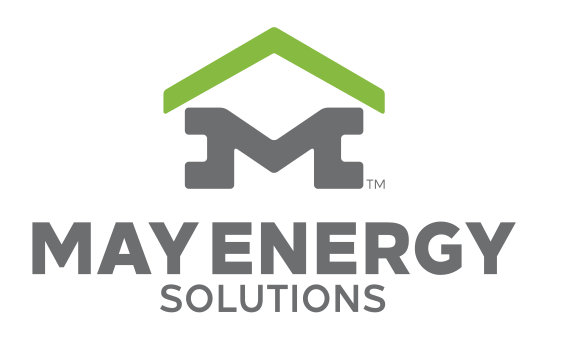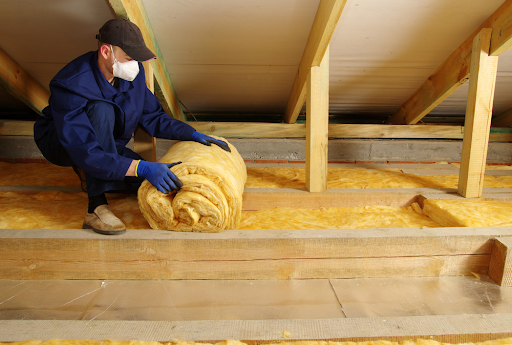When it comes to making a home energy-efficient and comfortable, insulation often sits at the center of the discussion. Yet, despite its importance, home insulation is one of the most misunderstood aspects of home maintenance. Many homeowners assume that simply adding more insulation will solve their problems, but in reality, how it’s chosen and installed matters just as much as how much of it is used. A small oversight can undo the benefits entirely, leading to wasted money, reduced efficiency, and even long-term damage to the home. That’s why, in this blog, we’ll explore the most common insulation mistakes homeowners make, and, more importantly, how to avoid them.
Why Insulation Matters
Key advantages of proper home insulation include:
- Keeps your home warm in winter and cool in summer by reducing heat transfer through walls, roofs, and floors.
- Reduces the workload on heating and cooling systems, which lowers energy bills and saves money over time.
- Protects your home from moisture problems; prevents condensation that can cause mold growth, wood rot, and structural damage.
- Maintains better indoor air quality, reducing the risk of allergies or respiratory issues.
- Contributes to a safer, more comfortable, and healthier living environment for you and your family.
Top Insulation Mistakes and How to Avoid Them
Neglecting Air Sealing Before Insulation
One of the most common mistakes homeowners make is installing insulation without sealing air leaks. Cracks around windows, doors, plumbing, and electrical outlets allow air to escape, undermining insulation performance.
How to Avoid It:
Before adding insulation, get your home inspected for air leaks and seal them using caulk, weatherstripping, or foam.
Using the Wrong Type of Insulation for the Space
A common mistake is choosing insulation that isn’t suited for the area you’re trying to protect. For example, using batt insulation in a space with irregular cavities or high moisture can reduce efficiency and even cause mold growth. Similarly, using rigid foam where flexible insulation is needed can leave gaps, reducing overall thermal performance.
How to Avoid It:
Consult an insulation contractor to determine the right insulation type and R-value for each area of your home.
Overlooking the Attic
Your attic plays a huge role in your home’s energy efficiency. Since heat naturally rises, a poorly insulated attic lets a large amount of warmth escape in winter. In the summer, the reverse happens, heat from the sun seeps in through the roof, making your home hotter. This forces your HVAC system to work harder and drives up energy bills.
How to Avoid It:
Check that your attic has the right level of insulation for your climate zone. Combine it with proper ventilation to prevent heat buildup and moisture problems. Together, these steps keep your home comfortable and your energy costs under control.
Blocking Ventilation with Insulation
Adding insulation carelessly can block soffit vents or other airflow pathways. This traps heat and moisture, increasing the risk of mold growth and ice dams during winter.
How to Avoid It:
Use baffles or vent chutes to keep air pathways clear. This prevents moisture buildup and ensures your insulation performs efficiently.
Overstuffing Insulation
Compressing insulation to fit into tight spaces reduces its effectiveness. Insulation works best when it maintains its intended thickness and density.
How to Avoid It:
Install insulation according to manufacturer guidelines. Fit it snugly without compressing it, ensuring full thermal performance.
Ignoring Moisture Control
Moisture can severely damage insulation, leading to mold, rot, and reduced R-value. This is particularly a concern in basements, crawl spaces, and humid regions.
How to Avoid It:
Choose moisture-resistant insulation like closed-cell spray foam or rigid foam boards in damp areas. Pair insulation with proper drainage, vapor barriers, and ventilation to keep moisture in check.
DIY Insulation Without Proper Knowledge
Many homeowners try DIY insulation projects to save money, but improper installation can cause serious problems. Common issues include selecting the wrong R-value, leaving gaps or compressed areas, blocking vents, and allowing moisture buildup. These mistakes reduce energy efficiency, increase heating and cooling costs, and may lead to mold growth, structural damage, or fire hazards.
How to Avoid It:
Take advantage of professional help from insulation companies near you to ensure your home stays safe and energy-efficient. Experts select the correct insulation type and R-value, fit it properly without gaps or compression, keep vents clear, and manage moisture and safety concerns. Professional assistance protects your home, reduces energy costs, and prevents costly mistakes that often occur with DIY insulation.
When to Call the Pros
Even with some DIY experience, certain insulation tasks require professional expertise. Calling an insulation contractor is wise in the following situations:
Extensive Air Leaks
If your home has numerous or large air leaks, professionals can perform an energy audit and recommend the most effective sealing and insulation solutions.
Specialized Areas
Attics, basements, and crawl spaces need special insulation methods that professionals handle best. In attics, they seal air leaks and use baffles to keep proper ventilation while adding insulation evenly. In basements, they install vapor barriers and use rigid foam or spray foam to prevent moisture and keep walls insulated. In crawl spaces, they seal vents, add vapor barriers, and insulate walls to stop mold and improve energy efficiency.
Upgrading Existing Insulation
Older insulation may be ineffective or damaged. Professionals can assess your current insulation and suggest upgrades that enhance energy efficiency and comfort.
Health and Safety Concerns
Mold, moisture, or hazardous insulation materials like fiberglass can pose health risks. A professional can safely address these concerns while improving insulation performance.
Conclusion
Proper home insulation saves energy and reduces costs, but mistakes can lower its effectiveness. Professional help ensures the work meets high standards and performs well. At May Energy Solutions, we offer expert insulation services, including spray foam, blown-in insulation, and air sealing, to keep your home comfortable and efficient. We are recognized among the top spray insulation companies near you. Contact us today for a free consultation and expert advice.

